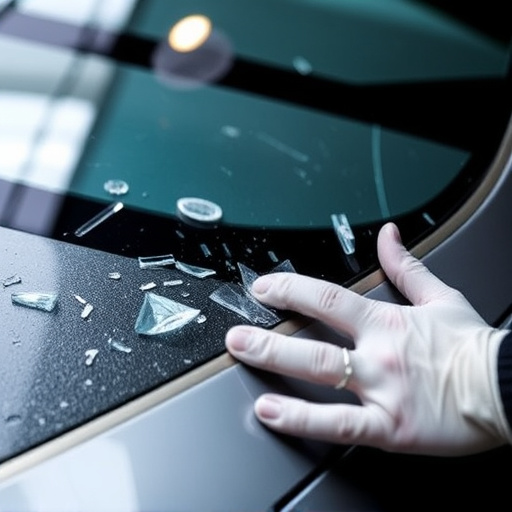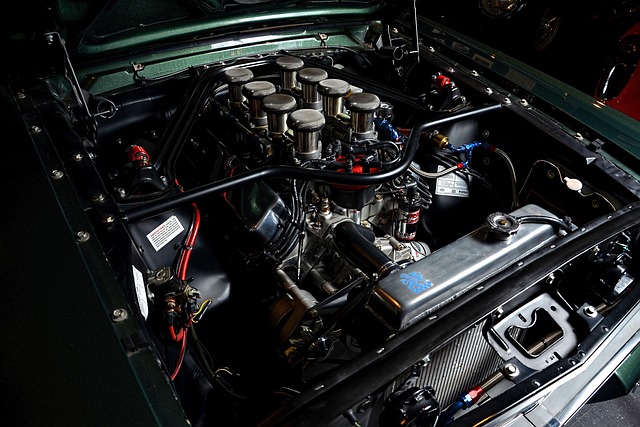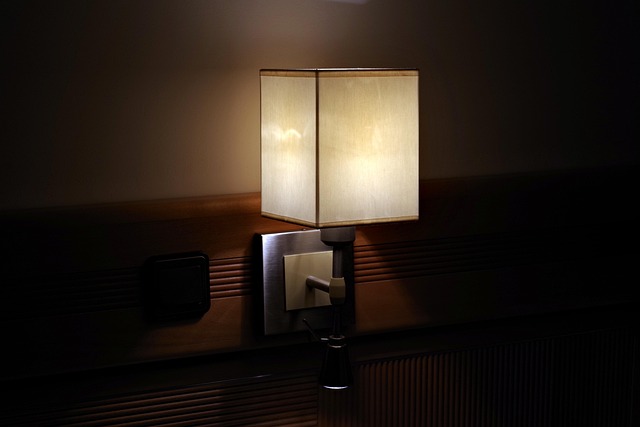The Mercedes Comfort Access System offers keyless entry and start, integrating seamlessly with vehicle electronics. Maintenance and prompt repair, using advanced diagnostic tools to identify issues within the access control module, are crucial for optimal performance. A systematic approach involves disconnecting the battery, reading error codes, visually inspecting wiring, testing sensors and actuators, and replacing faulty parts with genuine Mercedes-Benz spares.
Unraveling the mysteries of your Mercedes Comfort Access system is made simple with the right tools and knowledge. This comprehensive guide takes you on a journey through the diagnosis and potential repairs of this sophisticated security feature. From understanding its intricate workings to identifying common issues, we equip you with the insights needed for effective Mercedes comfort access repair. With the right diagnostic tools at hand, navigate through troubleshooting steps effortlessly and ensure your vehicle’s entry system functions seamlessly.
- Understanding Mercedes Comfort Access System
- Tools Required for Diagnostic Testing
- Step-by-Step Guide to Repair and Troubleshooting
Understanding Mercedes Comfort Access System

The Mercedes Comfort Access System is an innovative feature designed to enhance driver convenience and vehicle security. This advanced keyless entry and start system offers a seamless experience, allowing drivers to unlock and start their car with minimal interaction. It utilizes a sophisticated combination of hardware and software, including a transceiver, control module, and a secure encryption protocol to ensure only authorized access. The system is integrated into the vehicle’s electrical architecture, making it a critical component for Mercedes owners.
Understanding this system involves grasping its functionality, which includes identifying signals from the key fob, authenticating the user through advanced encryption, and enabling the engine start with the touch of a button. Regular maintenance and prompt repair are vital to keep this feature operating optimally. For instance, if you’re dealing with Mercedes comfort access repair issues, such as failed transmissions or software glitches, visiting a reputable car repair shop equipped with the right diagnostic tools can help identify and resolve problems quickly, ensuring your vehicle remains in top condition and your driving experience remains uninterrupted.
Tools Required for Diagnostic Testing

When it comes to diagnosing Mercedes Comfort Access issues, the right tools are essential for a successful and accurate repair. For any Mercedes comfort access repair, professionals rely on advanced diagnostic equipment designed specifically for Mercedes vehicles. These include OBD (On-Board Diagnostics) scanners that allow technicians to read error codes from the vehicle’s computer system, providing valuable insights into potential problems within the access control module.
In addition to OBD scanners, specialized tools such as multimeters and wire testers are crucial. These devices enable precise measurements of voltage, resistance, and current, helping to identify faulty wiring or components. Just like in car dent removal or vehicle paint repair, where precision is key, these diagnostic tools play a similar role in Mercedes comfort access repairs, ensuring that every connection and circuit is thoroughly examined before any replacement parts are installed.
Step-by-Step Guide to Repair and Troubleshooting

Diagnosing and repairing a Mercedes Comfort Access system can be a straightforward process when equipped with the right diagnostic tools. Here’s a step-by-step guide to help you get started:
1. Power Off and Disconnect: Begin by powering off the vehicle and disconnecting the battery. This is a crucial first step to ensure safety during the troubleshooting process, especially for electrical components like the Comfort Access system. For Mercedes models, locate the battery and cut off the positive terminal first, followed by the negative one.
2. Utilise Diagnostic Tools: After disconnection, use a professional diagnostic scanner compatible with Mercedes vehicles to read error codes. This tool will allow you to access real-time data from various sensors and modules, helping pinpoint the issue. Scanners like OBDII readers or more advanced automotive diagnostic machines can offer detailed information about the Comfort Access system’s performance.
3. Check Wiring and Components: With the scanner providing insights, visually inspect the wiring for any visible damage, cracks, or loose connections. The Comfort Access system relies on a network of wires and components, so ensuring everything is secure and in good condition is vital. If you notice any issues with the wiring harness, consider replacing it to maintain optimal performance.
4. Test Sensors and Actuators: Mercedes vehicles have advanced security systems, often featuring sensors and actuators that control access and locking mechanisms. Use the diagnostic tool to test these components individually. Check for proper voltage and resistance readings at each sensor and actuator to ensure they function correctly. A malfunctioning sensor or actuator could be the root cause of access issues.
5. Replace Faulty Parts (if necessary): If the steps above reveal faulty sensors, wires, or other components, proceed with their replacement. Mercedes parts are known for their quality, so opt for genuine Mercedes-Benz spares to ensure a seamless integration and maintain vehicle safety. For instance, if a damaged vehicle dent repair is needed on the car body, ensuring proper restoration is crucial for the system’s functionality.
Diagnosing and repairing the Mercedes Comfort Access system is a delicate process that requires the right tools and expertise. By understanding the system’s intricacies, having the essential diagnostic tools, and following a structured guide, even professional mechanics can effectively troubleshoot and fix common issues with the Mercedes Comfort Access repair. These steps ensure a secure and convenient driving experience for Mercedes owners.














